URBAN AND RURAL WAYS OF LIFE URBANIZATION
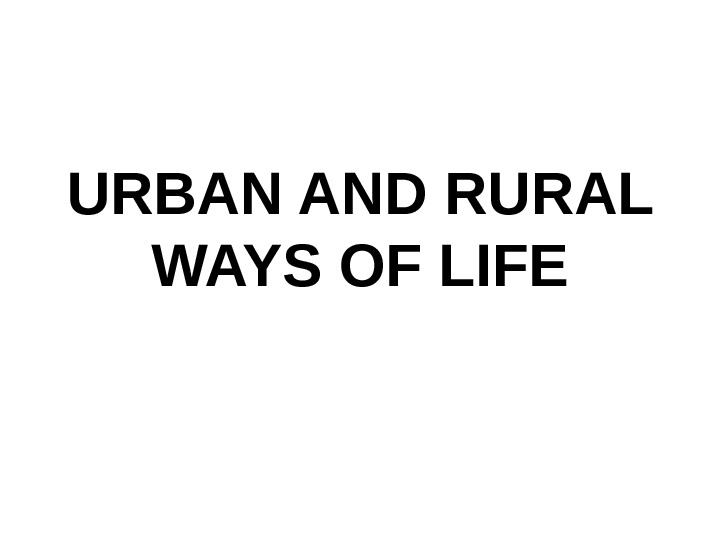
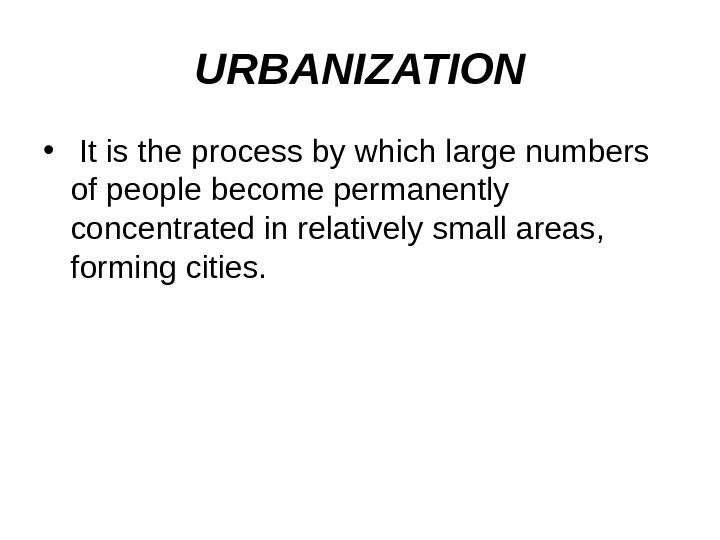








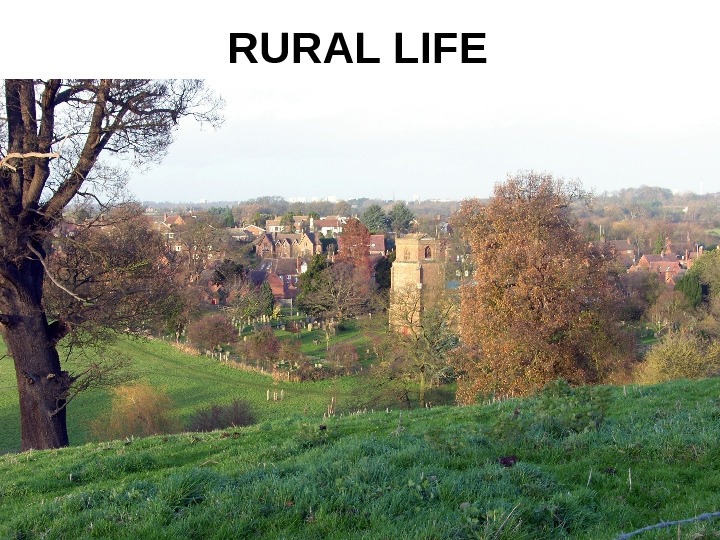
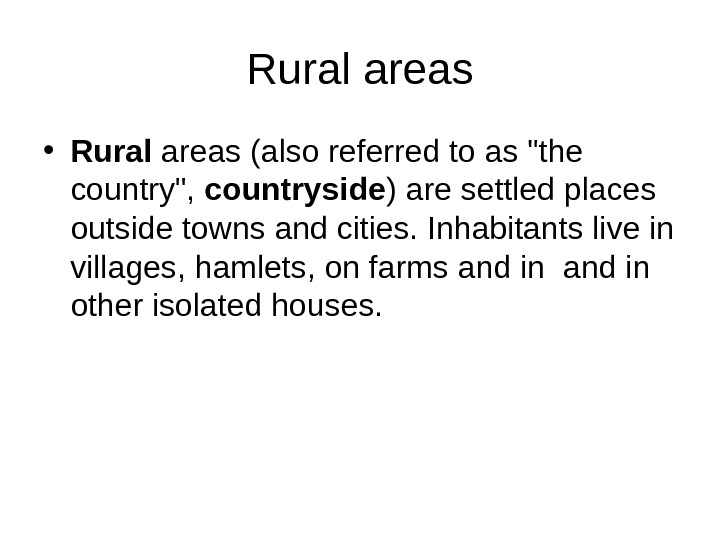
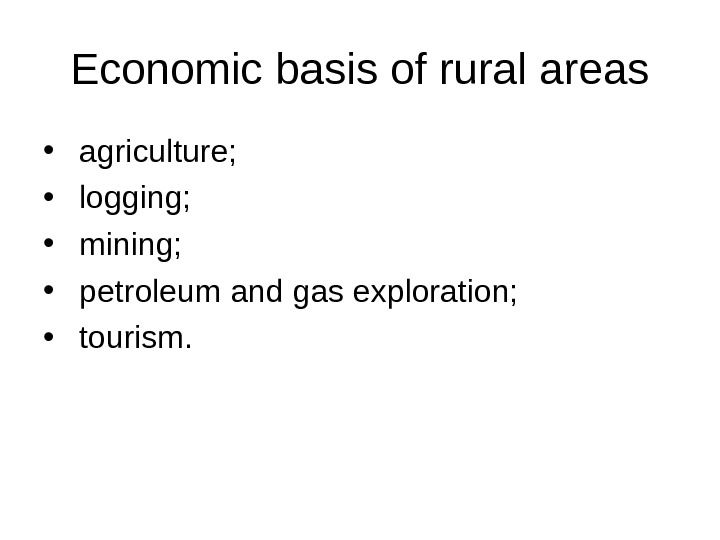



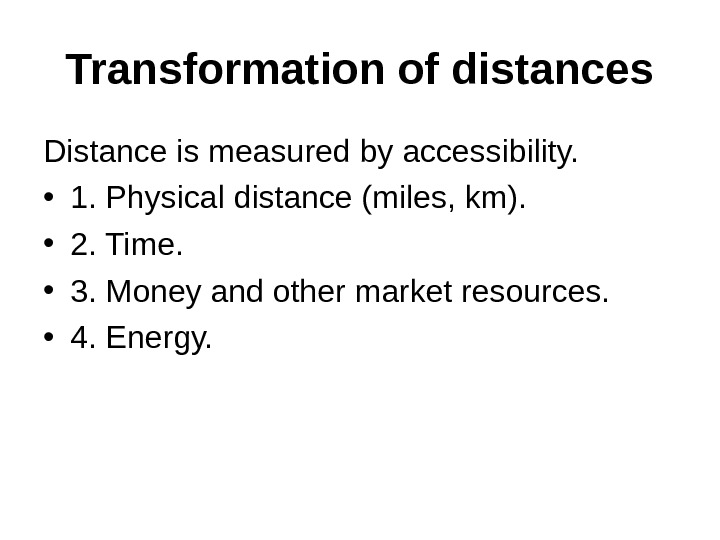

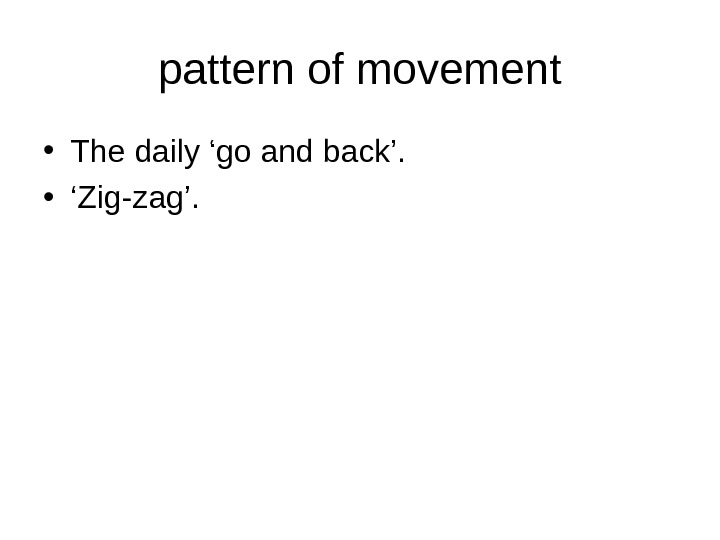


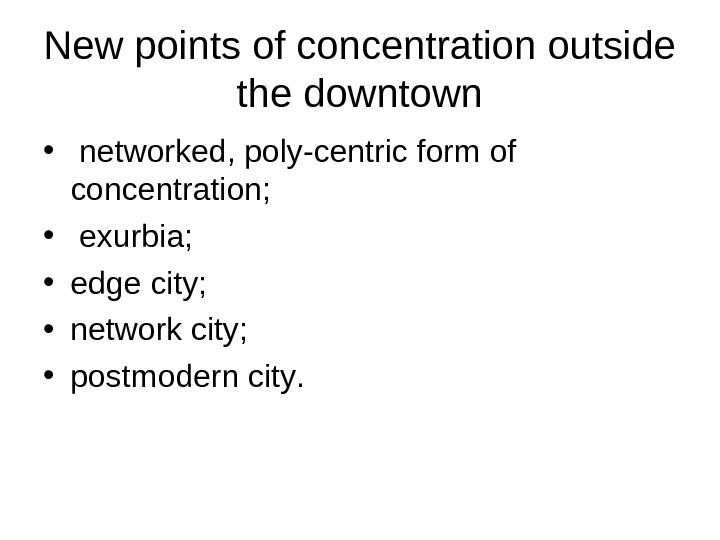



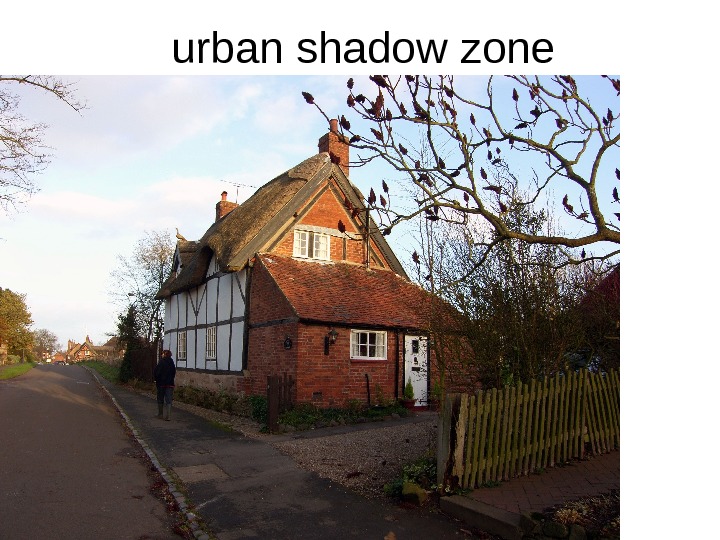

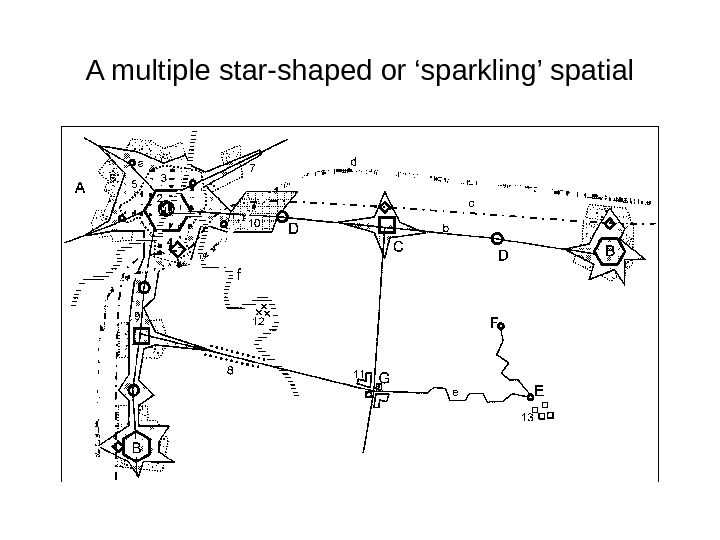


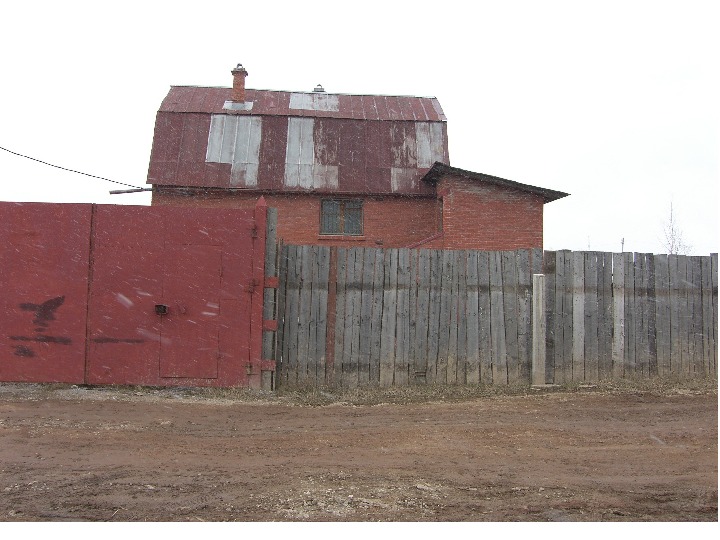
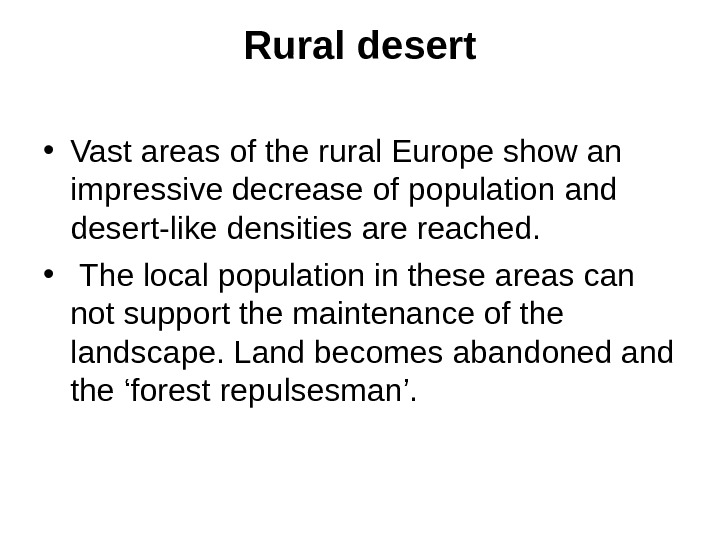
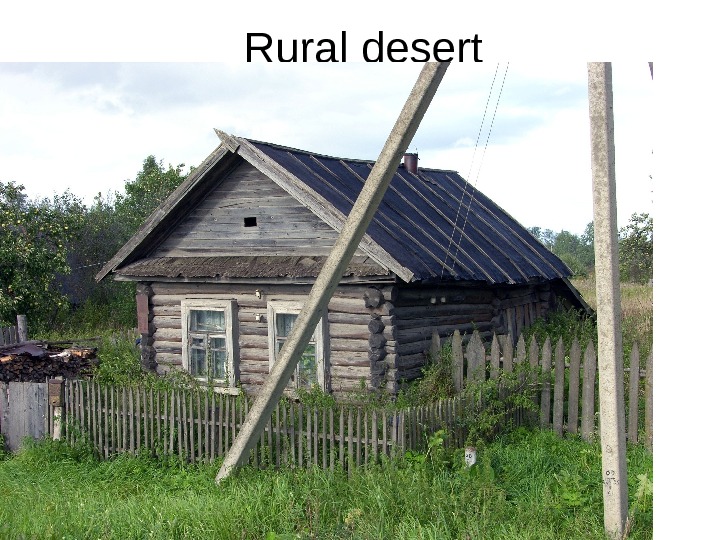

- Размер: 10.9 Mегабайта
- Количество слайдов: 34
Описание презентации URBAN AND RURAL WAYS OF LIFE URBANIZATION по слайдам
 URBAN AND RURAL WAYS OF LI
URBAN AND RURAL WAYS OF LI
 URBANIZATION • It is the process by which large numbers of people become permanently concentrated in relatively small areas, forming cities.
URBANIZATION • It is the process by which large numbers of people become permanently concentrated in relatively small areas, forming cities.
 What is a ‘city’? • Recommendations by the United Nations: all places with more than 20, 000 inhabitants living close together are urban. • The USA: places with more than 2500 inhabitants. • are considered as urban. • France: agglomerations of 2000 people living • in contiguous housing. • The Netherlands: municipalities with 2000 inhabitants. • Portugal: agglomeration with at least 10, 000 inhabitants.
What is a ‘city’? • Recommendations by the United Nations: all places with more than 20, 000 inhabitants living close together are urban. • The USA: places with more than 2500 inhabitants. • are considered as urban. • France: agglomerations of 2000 people living • in contiguous housing. • The Netherlands: municipalities with 2000 inhabitants. • Portugal: agglomeration with at least 10, 000 inhabitants.
 Preconditions of urbanization • Improvement in — agriculture; — transportation.
Preconditions of urbanization • Improvement in — agriculture; — transportation.
 Main engines of urbanization Creation of new jobs in the process of industrialization, development of commerce and administration. Better than in rural areas public services. Relatively developed retail market.
Main engines of urbanization Creation of new jobs in the process of industrialization, development of commerce and administration. Better than in rural areas public services. Relatively developed retail market.
 What is attractive in cities? • Samuel Johnson (1777): “ When a man is tired of London, he is tired of life; for there is in London all that life can afford. ”
What is attractive in cities? • Samuel Johnson (1777): “ When a man is tired of London, he is tired of life; for there is in London all that life can afford. ”
 Minuses of Urban Life • Bad ecology. • Expensive housing. • High density of population. • Big distance between home, work and public institutions.
Minuses of Urban Life • Bad ecology. • Expensive housing. • High density of population. • Big distance between home, work and public institutions.
 URBAN HOUSING 1. Apartment houses. 2. Townhouses. 3. Family houses.
URBAN HOUSING 1. Apartment houses. 2. Townhouses. 3. Family houses.
 Family houses
Family houses
 Dynamics of Urbanization The share of the world’s population living in cities of 20, 000 or more: — 1800 — less than 3 percent; — 1900 – 13 percent; — 1950 – 29 percent; — 2005 – 49 percent; — 2030 – 60 percent (project). — the end of the 20 th century — nearly 50 percent.
Dynamics of Urbanization The share of the world’s population living in cities of 20, 000 or more: — 1800 — less than 3 percent; — 1900 – 13 percent; — 1950 – 29 percent; — 2005 – 49 percent; — 2030 – 60 percent (project). — the end of the 20 th century — nearly 50 percent.
 RURAL LIFE •
RURAL LIFE •
 Rural areas • Rural areas (also referred to as «the country», countryside ) are settled places outside towns and cities. Inhabitants live in villages, hamlets, on farms and in other isolated houses.
Rural areas • Rural areas (also referred to as «the country», countryside ) are settled places outside towns and cities. Inhabitants live in villages, hamlets, on farms and in other isolated houses.
 Economic basis of rural areas • agriculture; • logging; • mining; • petroleum and gas exploration; • tourism.
Economic basis of rural areas • agriculture; • logging; • mining; • petroleum and gas exploration; • tourism.
 Specific of Life in Rural Areas • Limited services (especially public services. • Utilities like water, sewerage, street lighting, and public waste are generally present in the larger settlements (but depend on the state). • Public transportation is usually limited or absent and many people use their own vehicles. • Low density of population. • Relatively large private yards, gardens, etc. • Relatively good ecological environment.
Specific of Life in Rural Areas • Limited services (especially public services. • Utilities like water, sewerage, street lighting, and public waste are generally present in the larger settlements (but depend on the state). • Public transportation is usually limited or absent and many people use their own vehicles. • Low density of population. • Relatively large private yards, gardens, etc. • Relatively good ecological environment.
 • INTEGRATION OF URBAN AND RURAL WAYS OF LI
• INTEGRATION OF URBAN AND RURAL WAYS OF LI
 New forms of urbanization • Traditional urbanization is a concentration of human activities and settlements around the downtown area. • Suburbanization is the shift of the re s idential area outward.
New forms of urbanization • Traditional urbanization is a concentration of human activities and settlements around the downtown area. • Suburbanization is the shift of the re s idential area outward.
 Transformation of distances Distance is measured by accessibility. • 1. Physical distance (miles, km). • 2. Time. • 3. Money and other market resources. • 4. Energy.
Transformation of distances Distance is measured by accessibility. • 1. Physical distance (miles, km). • 2. Time. • 3. Money and other market resources. • 4. Energy.
 Travel distances • Walking (10– 30 km/day). • Horse travelling (up to 40 km/day ). • Sailing and boats ( of 70– 80 km/day ). • Early trains (to 40 to 50 km/day ). • Trains after Second World War (more than 100 km). • Cars (since the 1960).
Travel distances • Walking (10– 30 km/day). • Horse travelling (up to 40 km/day ). • Sailing and boats ( of 70– 80 km/day ). • Early trains (to 40 to 50 km/day ). • Trains after Second World War (more than 100 km). • Cars (since the 1960).
 pattern of movement • The daily ‘go and back’. • ‘ Zig-zag’.
pattern of movement • The daily ‘go and back’. • ‘ Zig-zag’.
 Suburban Crises Factors of evolution: • 1. The ‘filling’ of the urban fringe with private houses and gardens, gradually reduced the freedom of movement the typical rural scenery was lost. • 2. The small traditional villages and towns were not always able to provide the growing need for social and cultural commodities. • 3. The lack of an aesthetic and ‘walkable’ environment decreases even more the living quality of the aging urban fringe. • 4. Many new industries and commerce’s moved out of the city center towards more easily accessible urban fringe zones.
Suburban Crises Factors of evolution: • 1. The ‘filling’ of the urban fringe with private houses and gardens, gradually reduced the freedom of movement the typical rural scenery was lost. • 2. The small traditional villages and towns were not always able to provide the growing need for social and cultural commodities. • 3. The lack of an aesthetic and ‘walkable’ environment decreases even more the living quality of the aging urban fringe. • 4. Many new industries and commerce’s moved out of the city center towards more easily accessible urban fringe zones.
 New Urbanism • New Urbanism was a movement which started in the 1980 s. • It believes in shifting design focus from the car-centric development of suburbia and the business park , to concentrated pedestrian, walk able, mixed-use communities.
New Urbanism • New Urbanism was a movement which started in the 1980 s. • It believes in shifting design focus from the car-centric development of suburbia and the business park , to concentrated pedestrian, walk able, mixed-use communities.
 N ew points of concentration outside the downtown • networked, poly-centric form of concentration ; • exurbia ; • edge city ; • network city ; • p ostmodern city.
N ew points of concentration outside the downtown • networked, poly-centric form of concentration ; • exurbia ; • edge city ; • network city ; • p ostmodern city.
 URBANIZATION OF THE COUNTRYSIDE •
URBANIZATION OF THE COUNTRYSIDE •
 Concentric models of urbanization • 1. The urban core: the completely build up area. • 2. The inner urban fringe with a dense housing pattern and absorbing older villages. • 3. The outer urban fringe characterized by a complex mosaic of land use of very different nature: residential, agriculture, recreation, industry and commerce and that could be named a rurban landscape. • 4. The rural commuting zone with important functional changes due to demographic transition , emergence of exurbs (urban shadow zone or the rural hinterland). • 5. The depopulating countryside with relicts of old landscapes.
Concentric models of urbanization • 1. The urban core: the completely build up area. • 2. The inner urban fringe with a dense housing pattern and absorbing older villages. • 3. The outer urban fringe characterized by a complex mosaic of land use of very different nature: residential, agriculture, recreation, industry and commerce and that could be named a rurban landscape. • 4. The rural commuting zone with important functional changes due to demographic transition , emergence of exurbs (urban shadow zone or the rural hinterland). • 5. The depopulating countryside with relicts of old landscapes.
 The outer urban fringe •
The outer urban fringe •
 urban shadow zone •
urban shadow zone •

 A multiple star-shaped or ‘sparkling’ spatial
A multiple star-shaped or ‘sparkling’ spatial
 SUMMER HOUSES, DACHAS
SUMMER HOUSES, DACHAS


 Rural desert • Vast areas of the rural Europe show an impressive decrease of population and desert-like densities are reached. • The local population in these areas can not support the maintenance of the landscape. Land becomes abandoned and the ‘forest repulsesman’.
Rural desert • Vast areas of the rural Europe show an impressive decrease of population and desert-like densities are reached. • The local population in these areas can not support the maintenance of the landscape. Land becomes abandoned and the ‘forest repulsesman’.
 Rural desert
Rural desert
 Transformation of Rural Housing
Transformation of Rural Housing
